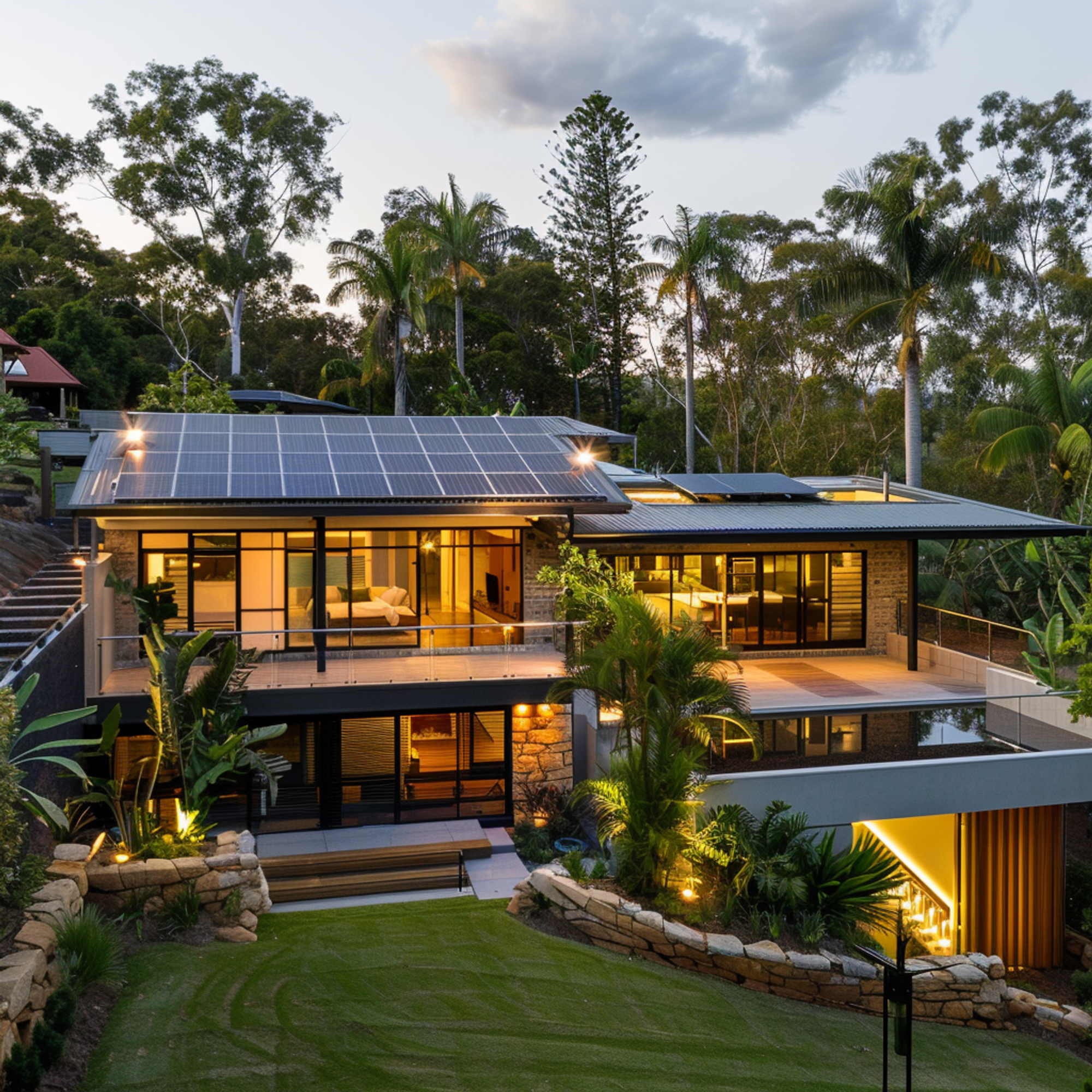Challenge Statement
The challenge was to create an interactive digital learning resource that engages and educates individuals on sustainable behaviours related to energy use, with a specific focus on time poor families in the Noosa Shire community. The goal was to empower individuals to make conscious choices and take meaningful action to reduce their energy consumption and carbon footprint.

Client's Objectives
ClimateThrive aimed to provide research-based education resources for community climate adaptation in collaboration with the Noosa Shire Council. Their objectives were to:
- Raise awareness about the importance of energy conservation and its impact on climate change.
- Encourage behaviour change by providing practical tips and solutions for reducing energy consumption.
- Empower individuals and families to take action and make a positive difference in their own lives and the environment.
- Foster a sense of community engagement and collective effort in achieving sustainability goals.
Testimonial from resident
"Great to have Council taking the lead on educating the time poor community members on emissions reduction”

The Nitty Gritty Details
- The project started with a comprehensive research phase to understand the target audience, their behaviours, motivations, and barriers to effective energy use.
- The content development team at ClimateThrive created an immersive and interactive story set in the Noosa community, focusing on the challenges and triumphs of a single parent named Jane.
- The story unfolded through a series of choices and challenges that Jane and her children faced in their daily lives, highlighting opportunities for energy conservation and behaviour change.
- The resource utilised gamification elements, such as rewards, challenges, and progress tracking, to keep the audience engaged and motivated throughout their sustainability journey.
- Practical tips, real-life examples, and educational information were integrated seamlessly into the story, providing users with actionable insights and empowering them to make informed decisions.
- The interactive resource was designed to be accessible on multiple devices, including smartphones, tablets, and computers, ensuring a user-friendly experience for all participants.

Underpinning the development of the interactive learning resource for the ClimateThrive project was a thorough research process aimed at understanding the target audience, their behaviours, motivations, and barriers to effective energy use. The research provided valuable insights that guided the content development and ensured the resource's relevance and effectiveness. Here are some key aspects of the underpinning research:
- Audience Analysis: ClimateThrive compiled surveys, reports and ABS data to gather information about the Noosa community members, their demographics, lifestyles, and attitudes towards sustainability. This analysis helped identify the primary target audience segments, such as single parents, families, and individuals interested in sustainable living.
- Energy Consumption Patterns: Detailed energy consumption data was collected from households in the Noosa area to understand the typical usage patterns, peak demand periods, and areas of potential energy wastage. This data allowed for the identification of specific behaviours and appliances that contribute significantly to energy consumption.
- Motivations and Barriers: A community consultation with the Zero Emissions Noosa community reference group explored the motivations and barriers that influence individuals' energy use behaviours. It delved into factors such as cost considerations, convenience, lack of knowledge, perceived lack of impact, and social norms. Understanding these motivations and barriers helped tailor the content and messaging of the resource to address specific concerns and provide solutions.
- Best Practices and Case Studies: In addition to primary research, ClimateThrive examined existing literature, best practices, and case studies from similar sustainability initiatives worldwide. This helped identify successful approaches, innovative solutions, and effective engagement strategies that could be applied to the Noosa context.
By combining quantitative and qualitative research methods and drawing on established theories and best practices, ClimateThrive ensured that the underpinning research provided a comprehensive understanding of the target audience and informed the development of an engaging, impactful, and tailored interactive learning resource. This approach enabled the resource to effectively address the unique challenges and opportunities related to energy conservation in the Noosa community.
